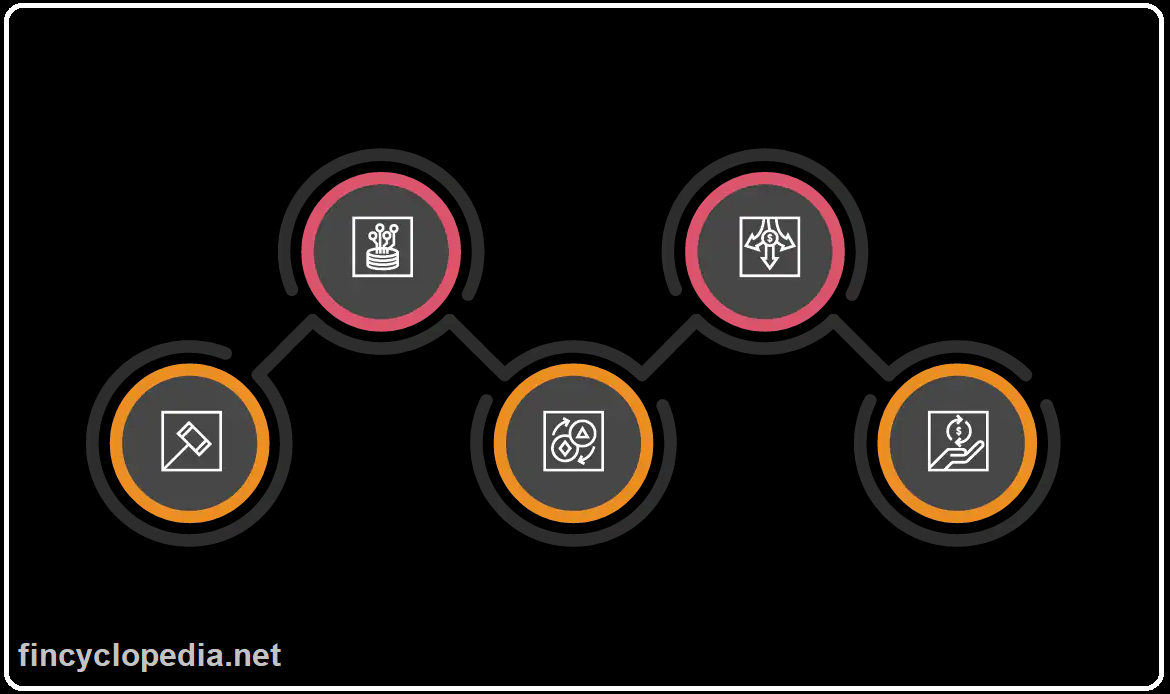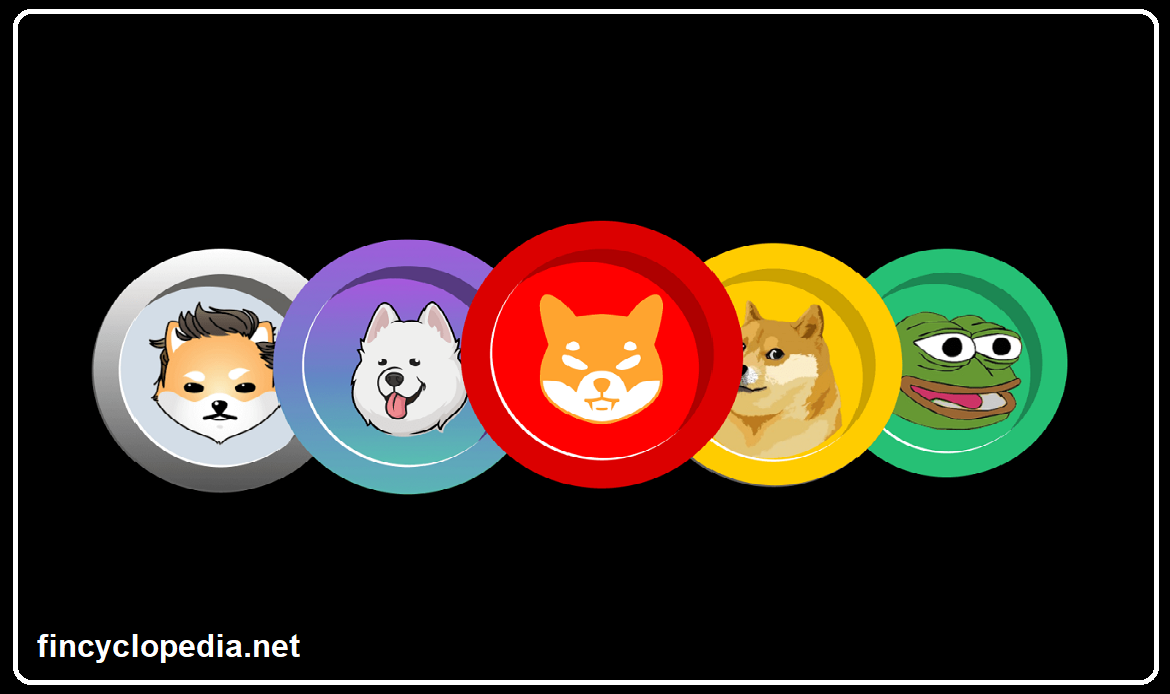
Concept
Virtual asset is a form of asset (digital asset) that digitally represents value and that can be traded, or transferred, between market participants using online portals and set-up and can be used for payment and/ or investment purposes. A virtual asset is any form of value that is carried in digital or virtual form. It can be used and traded as a digital representation of ownership or rights and hence can be used as a form of wealth (equity) representation. In the context of crypto, virtual assets usually refer to blockchain-based assets that can be used for investing and trading purposes, as well as as a means of payment for purchases. Exchange of virtual assets taken place through a virtual asset transfer (a crypto asset transfer) which involves sending virtual assets from one address to another for the defined purposes.
Main examples
Examples of virtual assets include crypto assets, decentralized autonomous organization tokens, non-fungible tokens (NFTs), and tokens backed by commodities or other underlying assets. Nevertheless, virtual assets do not include digital fiat currencies (such as e-currencies issued by central banks). Unlike traditional assets, virtual assets are generally traded through blockchain, a decentralized system that does not function through a central authority. Each participant is connected to the network via internet and becomes a ‘node’ of the network. All transaction verification and records are sparsely stored in such independent nodes. When new transactions come through and flow, the nodes validate and confirm them. Once done, these transactions are added to the blockchain so that a certain amount of asset (or coin) can be received as rewards, in a process known as mining. The asset data are organized into blocks and secured by a technology known as cryptography.
As part of the creation process, the new block added to the network will be connected with other blocks chronologically, as part of a chain of blocks. Market participants can easily identify and check the assets created and corresponding transactions on blockchain but the data on the blockchain cannot be changed or manipulated.




